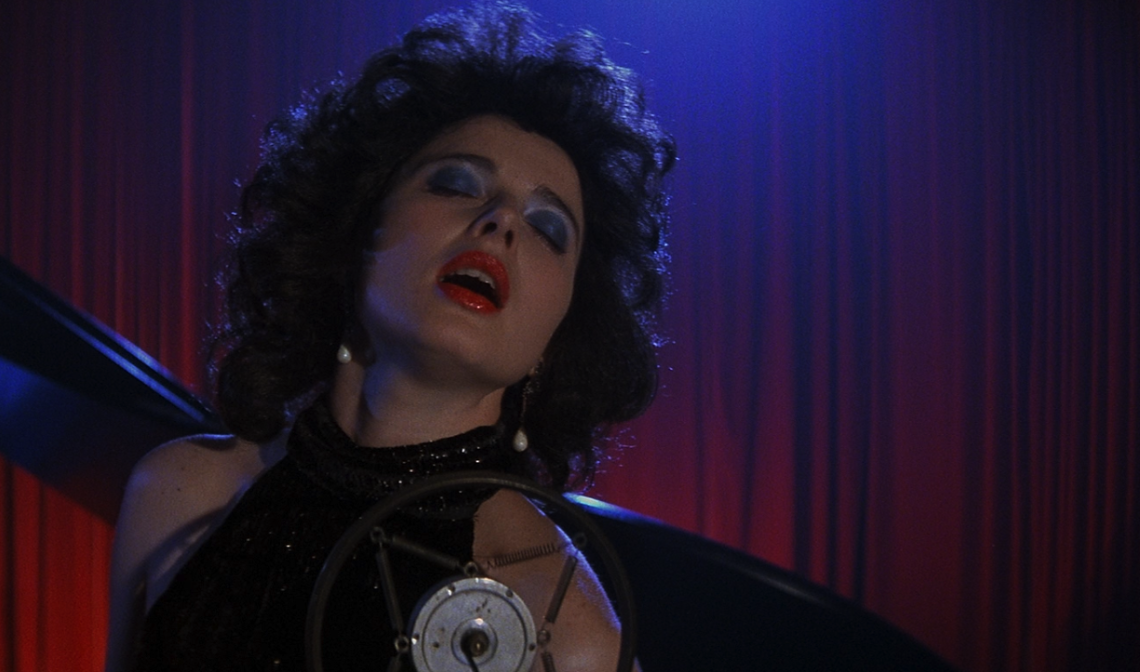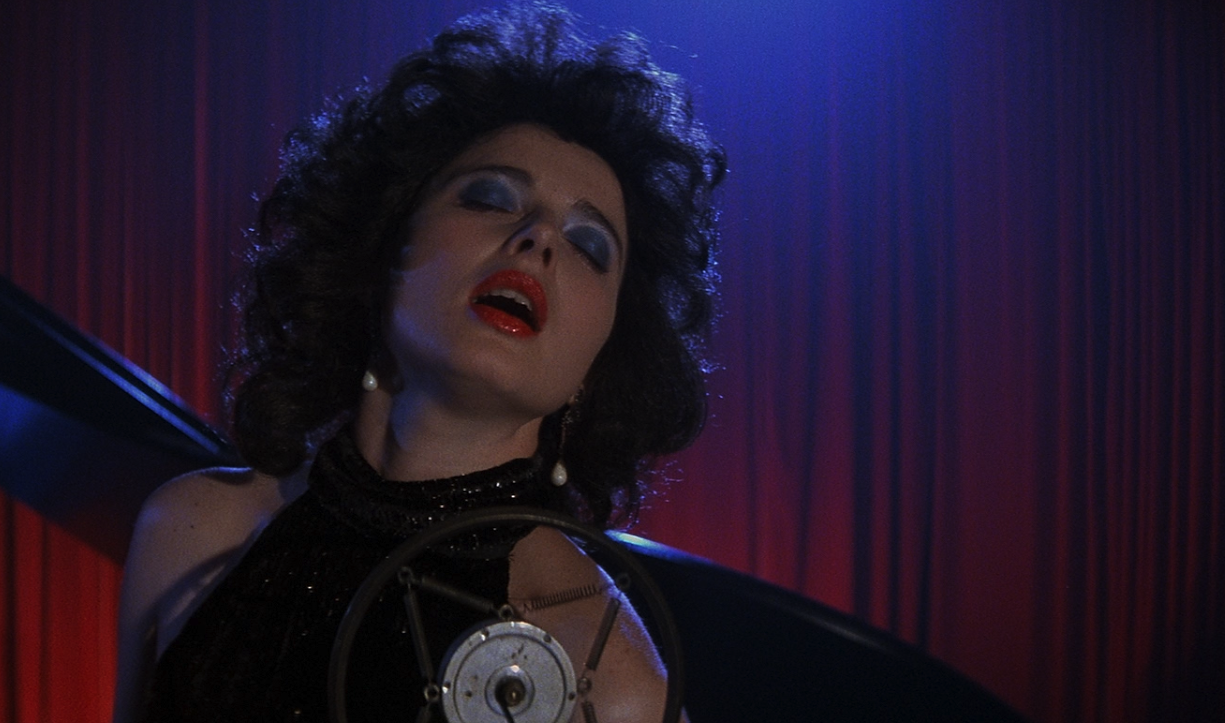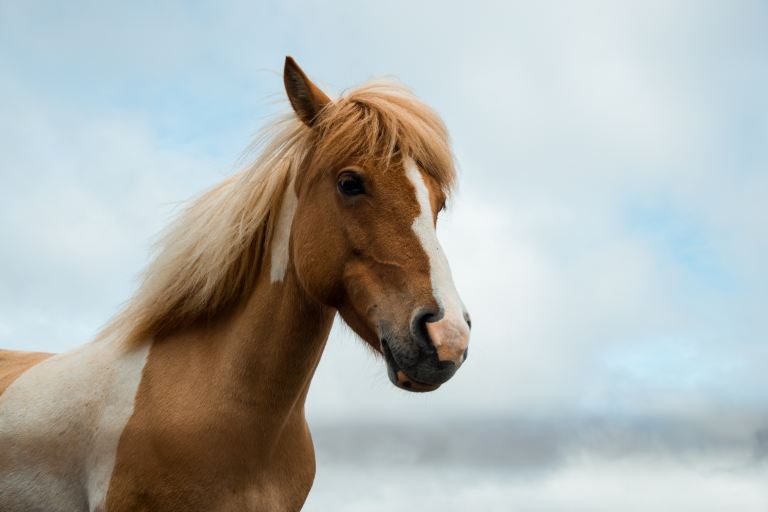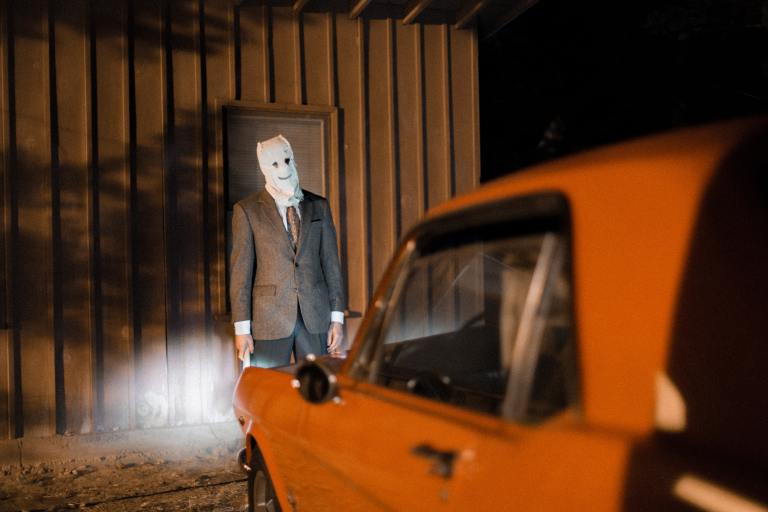About The Time I Did Transcendental Meditation With David Lynch At His House
My love affair with David Lynch (the works of, not the man himself) started when I was 16 years old.

My love affair with David Lynch (the works of, not the man himself) started when I was 16 years old. For reasons that will remain unknown to me, my 11th grade English teacher suggested I watch Blue Velvet for inspiration on a project. My project was a “novel” about a murder at a boarding school. I say “novel” because I only got 28 pages deep before I abandoned it for a summer of Dave Matthew’s Band concerts. Yes, how things have changed. But, I digress.
To this day I see very few parallels between David Lynch’s Blue Velvet and my hackneyed attempt at an airport novella, but I am forever grateful for the recommendation. I had never seen anything so strange in my whole life. It was inexplicably weird. It reminded me of every dream I’d ever had in a way I couldn’t quite wrap my mind around. I was confused and intrigued and I wanted to see more.
My sophomore year of college, my wish came true as I nervously scanned my course catalog, trying to figure out which Polish Cinema class would inflict the least amount of existential depression. Then I saw it: FT 554: The World of David Lynch.
As I had anticipated, the class was amazing. That professor remains the best I have ever had. Professor Kelly, if you are reading this, I love you. It was during this course that I decided on my own volition to read Lynch’s book Catching the Big Fish. It’s a quick read and surprisingly light and funny. My biggest takeaway was that Lynch is an avid meditator. Specifically, he practices Transcendental Meditation. And he made it sound awesome.
To make a long story shorter, I signed up and learned how to do TM. Everything changed. It calmed me and made me happier. I began to see an incredible connectivity between everything and everyone. It was sort of like doing acid, but without all the scary parts. The sky was bluer, the flowers were flowery-er. Then by some lovely stroke of fate, I started working for my boss who is a fancy screenwriter–and by way of his fanciness–in with the Los Angeles TM crowd.
When my boss was invited to mediate with Lynch at his house, he could see the pleading droplets quivering in my eyeballs. Take me with you, they said. And he did. Because he is the best.
There have been many moments in my life when I thought to myself, “Wow, my life is just like a movie.” This one trumped them all. As I scaled the concrete steps of his tastefully modern Hollywood home, I could feel my blood pulsing under my skin. My face was hot, and I was shaking. No I wasn’t about to meet Liam Hemsworth, I was about to meet David Lynch.
Upon entry, my boss and I were escorted through Lynch’s theater and painting studio and into a foyer where some very normal snacks were served. I was surprised but also not surprised by the presence of a few other celebrities nibbling at the spread. A couple female sitcom stars and some hunky guy that I think is on a CW show. They couldn’t have mattered less to me. I knew I was nervous because I didn’t eat the offered cheese (I always eat the offered cheese).
After a few minutes of awkwardly hemming and hawing with my boss, we were led back through the painting studio. This time I stalled a little to take a glimpse at what Lynch was working on. I knew from my obsession studies that he had a background in painting. In fact, it was the very medium that inspired him to become a filmmaker. He would use found objects like tufts of fur from dead animals and weeds and plants and swirl them around with paint. As Lynch described it: “I’m looking at the painting and from the painting came a wind. And the painting began to move. And I’m looking at this and hearing this and I say, ‘Oh, a moving painting.’”
I’m pretty sure what I saw were some in-progress pieces that later appeared in his 2014 exhibit at the Kayne Griffin Corcoran Gallery, Naming. I nearly peed myself.
I somehow managed to walk up a few steps and take a seat in the aforementioned theater. The curtains were red and velvet, obviously. Some camera and sound equipment was strewn about. The theater held about 40 seats, half of which were filled with guests. I’m usually not one to talk about “vibes,” especially when in reference to a room, but this room had good vibes. It felt creative and energetic and positive, everything I imagine Lynch himself to be.
Next was a Q&A wherein, much to my boss’ surprise, I remained completely mute. Call it fear, call it… actually yeah, it was fear. After so many years of studying and watching and reading and listening (Crazy Clown Time), I was just too damn scared. I had so many questions for him, there was no way I was going to tie them all up in a cute little “Q&A” bow and spout it out in front of a bunch of quasi-famous strangers. So, Lynch graciously took questions from the remaining, able audience. I don’t remember exactly what those questions were, but I do remember knowing the answers before he said them: How he started meditating. Why he started meditating. How meditating affected his creative process. Drugs. Therapy. It’s all in Catching the Big Fish. If you care enough about Lynch’s inner workings to be reading this article, just go buy the book.
After the Q&A–or as I like to call it–that time I was paralyzed, we all settled down and prepared for Lynch to lead us in a meditation. There aren’t a great many secrets to tell about the meditation itself, as TM is a pretty quiet practice. There’s no talking. You sit peacefully and meditate. And in that way it was like any other group meditation. But a cousin of mine who practices TM once told me that a meditation can be enhanced if the fellow meditators are “transcending”—basically, if they’ve cleared their minds. If they’ve abandoned pretense, let go, and committed to the moment. And that was what happened for 20 really groovy minutes.
My obsession with Lynch (the works of, and the man himself) has continued from that day until this one, and will carry on through the highly anticipated return of Twin Peaks on Showtime. And hopefully there will be much more surreal, mind-mending, thought-provoking absurdity to follow.
I’ll see you again in 25 years, for the next time Thought Catalog allows me write about David Lynch. ![]()





